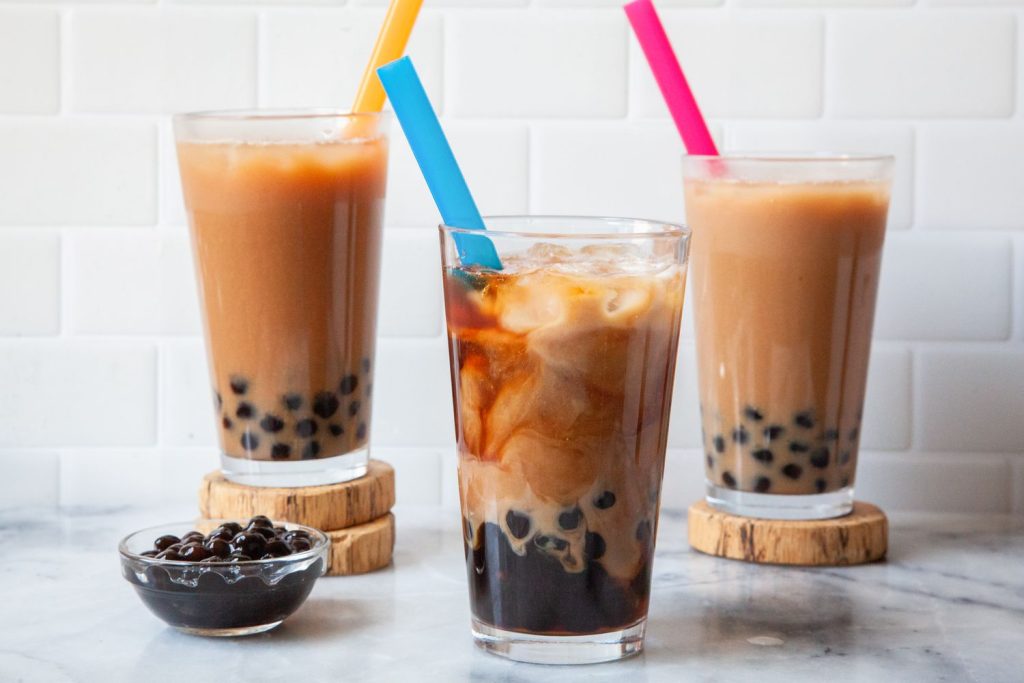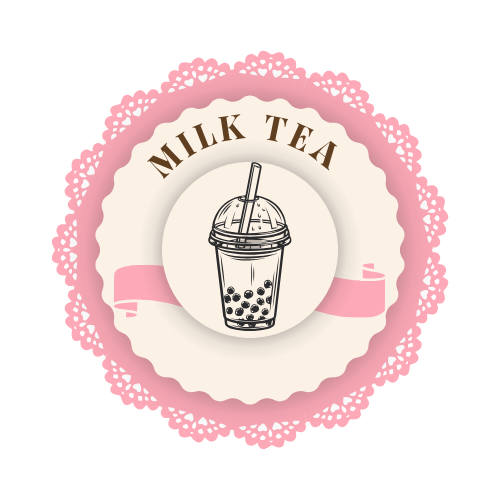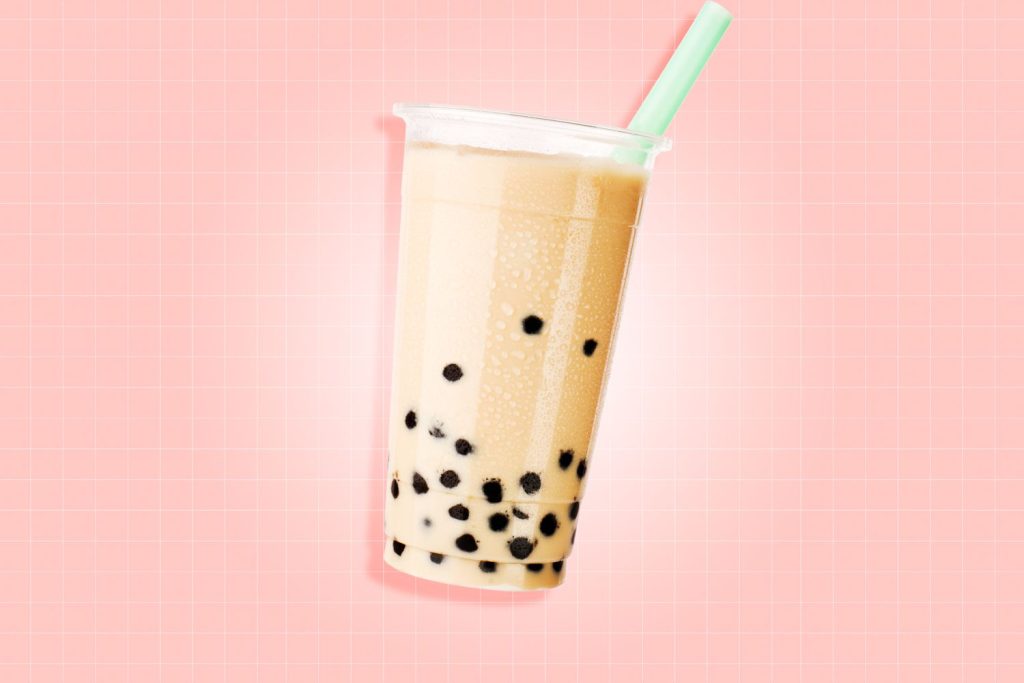Blog
How to Adjust Bubble Tea Sweetness to Fit Your Taste
Bubble tea, or boba tea, is a customizable drink beloved for its diverse flavors, textures, and toppings. One of the most important aspects of a perfect bubble tea is getting the sweetness level just right. While many bubble tea shops offer default sweetness levels, not everyone prefers their drinks to be overly sweet—or not sweet enough! Fortunately, most shops allow you to customize the sweetness of your bubble tea to suit your individual taste.
In this guide, we’ll explore how to adjust bubble tea sweetness to fit your preferences, discuss different levels of sweetness, and provide tips for striking the perfect balance.
1. Understanding Sweetness Levels at Bubble Tea Shops
Most bubble tea shops offer a customizable sweetness scale that ranges from no sweetness to full sweetness. The levels may vary slightly between shops, but they typically include:

- 0% Sweetness: No added sugar or sweeteners. Ideal for those who enjoy the natural flavors of tea or prefer a very low-calorie option.
- 25% Sweetness: A light touch of sweetness, allowing the natural flavors of the tea to shine through. This is a great option for health-conscious individuals or those who find most bubble teas too sweet.
- 50% Sweetness: A moderate level of sweetness, providing a balance between the tea and sweetener. This is the most common choice for those who want some sweetness without it being overpowering.
- 75% Sweetness: For those who like their bubble tea fairly sweet, but not overwhelmingly so. It enhances the flavor without masking the tea entirely.
- 100% Sweetness: The default level at most shops. This is the standard amount of sugar and is usually quite sweet.
Pro Tip: When trying a new shop, start with 50% sweetness and adjust up or down based on your taste preferences.
2. Sweeteners Commonly Used in Bubble Tea
The type of sweetener used in bubble tea plays a significant role in its flavor. Here are some common options:
Traditional Sweeteners
- White Sugar Syrup: The most common sweetener, offering a neutral sweetness that blends seamlessly with tea.
- Brown Sugar Syrup: Adds a caramel-like richness, often paired with milk-based teas or tapioca pearls for the popular brown sugar bubble tea.
- Honey: A natural sweetener with floral undertones that pairs well with green tea and herbal teas.
Natural Alternatives
- Agave Syrup: A low-glycemic sweetener with a mild flavor, suitable for those avoiding processed sugars.
- Stevia: A calorie-free natural sweetener with a slightly herbal aftertaste. Perfect for health-conscious drinkers.
- Maple Syrup: Occasionally used for a unique, earthy sweetness.
Artificial Sweeteners
- Aspartame, Sucralose, or Saccharin: Often available as low-calorie options, though they can sometimes alter the flavor of the drink.
Pro Tip: Ask your bubble tea shop which sweeteners they use, as switching to a different type of sweetener may help you achieve your desired flavor balance.
3. Matching Sweetness to Bubble Tea Flavors
The ideal sweetness level can vary depending on the flavor of your bubble tea. Here’s how to tailor sweetness to complement specific drinks:
Milk Teas
- Best Sweetness Levels: 50% or 75%.
- Milk teas often have a creamy base that balances well with moderate sweetness. For bold flavors like classic black milk tea, a 50% sweetness level lets the tea flavor shine. For richer options like taro or brown sugar milk tea, 75% sweetness enhances the dessert-like profile.
Fruit Teas
- Best Sweetness Levels: 25% or 50%.
- Fruit teas are naturally sweet and tangy, so they require less added sugar. Flavors like passion fruit, mango, or lychee are bright and refreshing with minimal sweetness.
Matcha or Herbal Teas
- Best Sweetness Levels: 25% to 50%.
- Matcha’s earthy bitterness pairs well with a touch of sweetness, but too much sugar can overpower its natural flavor. Start with 25% sweetness for a more authentic experience.
Brown Sugar Bubble Tea
- Best Sweetness Levels: 50% to 75%.
- The brown sugar syrup in this drink is naturally sweet, so reducing additional sweetness ensures the drink isn’t overly cloying.
Pro Tip: If you’re unsure, consult the shop’s staff—they can recommend the ideal sweetness for specific flavors.
4. How to Adjust Sweetness in Homemade Bubble Tea

If you’re making bubble tea at home, you have complete control over the sweetness level. Here’s how to do it:
Step 1: Brew Your Tea Base
- Use high-quality black, green, or oolong tea to form the foundation of your drink. Stronger tea works better if you prefer lower sweetness levels, as the tea’s flavor will still come through.
Step 2: Add Sweetener Gradually
- Start with a small amount of your chosen sweetener (e.g., sugar syrup, honey, or stevia). Stir well and taste as you go, adjusting to your preference.
Step 3: Balance with Toppings
- Consider the sweetness of your toppings. Tapioca pearls, for example, are often sweetened with syrup and may reduce the need for additional sugar.
Pro Tip: Create your own sugar syrup by dissolving equal parts sugar and water in a saucepan, then cooling before use. This ensures even sweetness throughout your drink.
5. Tips for Finding Your Perfect Sweetness Level
Experiment with Levels
- Start with 50% sweetness as your baseline and adjust up or down depending on the drink. Many people find 50% to be the ideal balance for both milk teas and fruit teas.
Consider Toppings
- Toppings like popping boba, sweetened tapioca pearls, or jelly can add sweetness to your drink. If your toppings are already sweet, you may prefer a lower sweetness level for the tea itself.
Think About Health Goals
- For a lower-calorie option, opt for 0% or 25% sweetness and focus on the natural flavors of the tea. Pair with lighter toppings like aloe vera or grass jelly.
Order Smaller Sizes
- If you’re trying a new sweetness level or a particularly sweet flavor, order a smaller size to test it out before committing to a full drink.
6. The Impact of Sweetness on Bubble Tea Experience
Getting the sweetness level right can transform your bubble tea experience. Too much sugar can overpower the tea’s flavor and leave you feeling overwhelmed, while too little might make the drink taste bland. By finding the right balance, you can enjoy a drink that’s perfectly tailored to your palate.
7. Customization Options to Enhance Sweetness Balance
In addition to adjusting sweetness, many shops allow you to customize other elements of your drink to achieve the perfect balance:
- Adjust Ice Levels: Less ice ensures the sweetness isn’t diluted as the drink sits.
- Milk Alternatives: Non-dairy options like oat milk or almond milk can slightly alter the sweetness level.
- Flavor Blends: Combine two flavors (e.g., matcha and taro) to create a layered sweetness profile.
Conclusion: Sweeten Your Bubble Tea Your Way
The beauty of bubble tea lies in its versatility, and adjusting the sweetness is one of the easiest ways to make the drink uniquely yours. By understanding sweetness levels, considering the flavor profile of your chosen drink, and experimenting with different sweeteners, you can enjoy a bubble tea that perfectly matches your taste. Whether you prefer your tea bold and unsweetened or indulgently sweet, the perfect cup of bubble tea is just a customization away!


